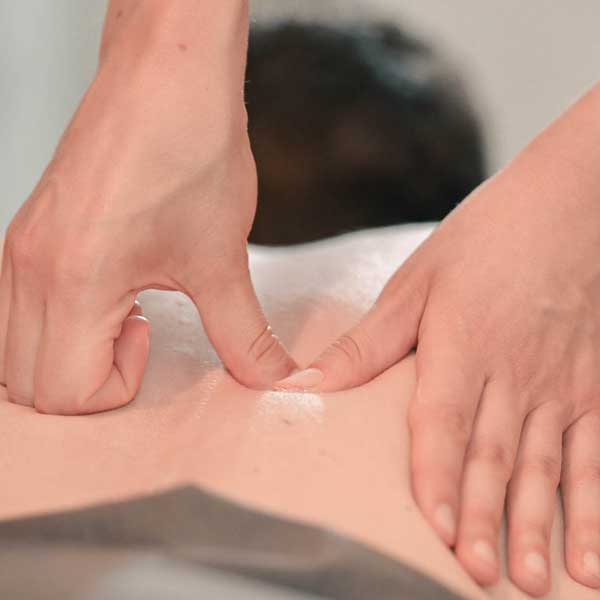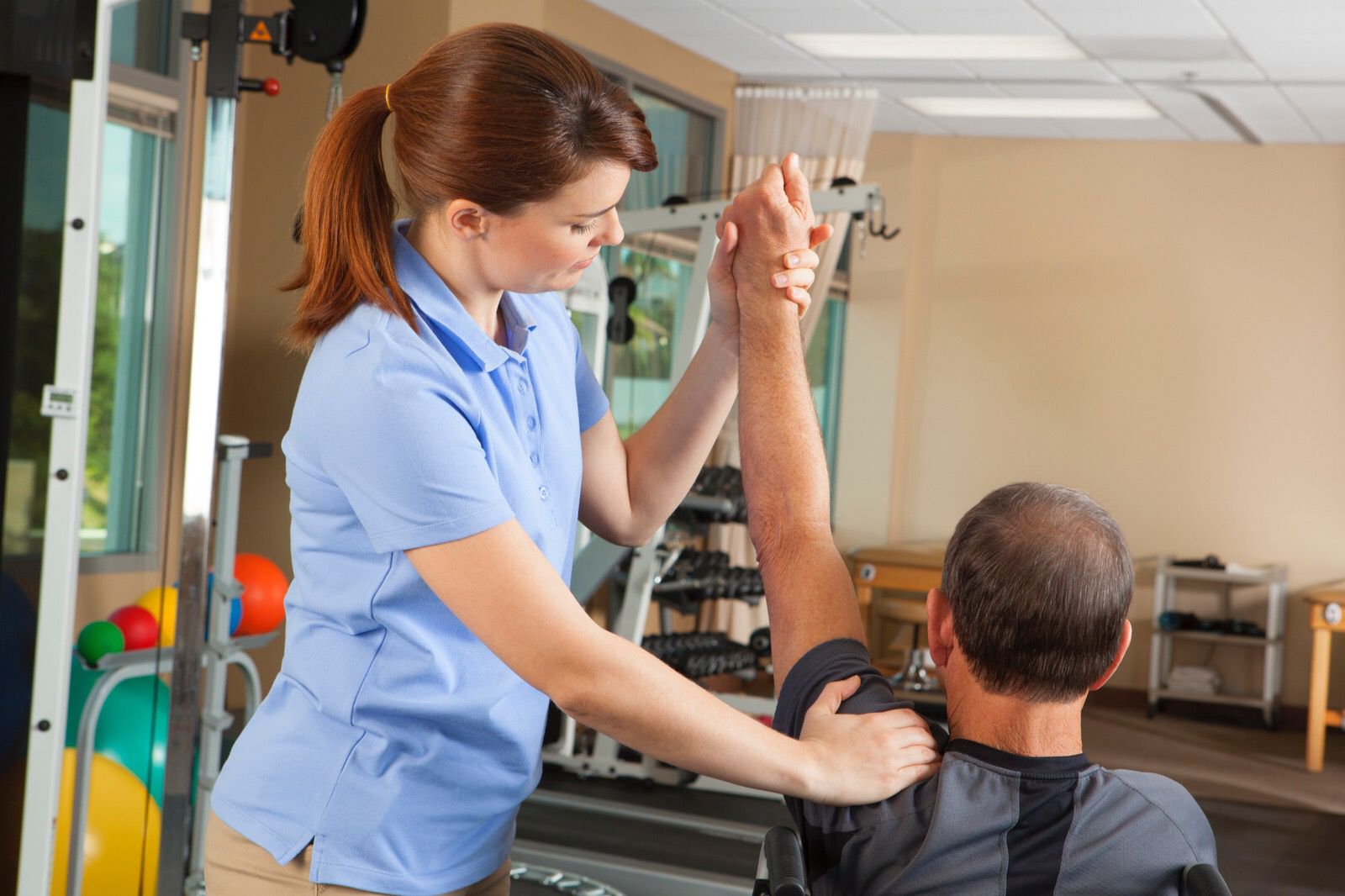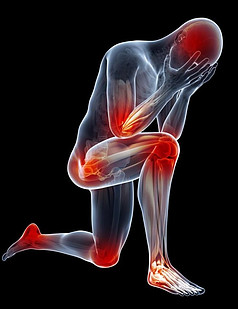Occasionally referred to as an orthopedic massage, Clinical massage is an entire array of manipulation techniques designed to assess and then to minister to soft tissue injuries, and these may include but are not limited to:
massage therapy
trigger point therapy
myofascial release
muscle-energy techniques
craniosacral therapy
deep tissue massage


DYSFUNCTIONS RESPONDING TO CLINICAL MASSAGE
Myofascial Pain
Pain and physiological dysfunctions are known to begin at specific points within muscles and their connective tissues, which is also known as fascia. These are appropriately referred to as trigger points because they tend to set off or trigger reactions at remote locations.
Scientists and researchers have successful recorded comprehensive map systems of myofascial trigger points, and they have been able to identify dozens of dysfunctions relating to them. The most common of these are:
carpal tunnel syndrome
TMJ dysfunction
PMS
headache
diarrhea
dizziness
indigestion
tennis elbow
urinary frequency
sinusitis
Fascial Plane Dysfunction.
Fascia covers nearly the entire body in large endlessly connected sheets, which can be distorted and bound to themselves and nearby tissues when inflicted with injury, misalignment, or a chemical imbalance. To promote optimal health, the fascial sheets and the blood vessels and nerves which follow them must be in good condition.
Neuromuscular Dysfunction.
The simplest and tiniest movements of the body require armies of nerve impulses to be sent to the muscle, which is directly involved, as well as to the adjoining and opposing muscles. And it must all be accomplished with a precision of timing and proportions. When the mechanics of any part of these functions break down, muscle fibers or entire muscles lock.
Tonus System Dysfunction.
Overused muscles become hypertonic or lose their ability to relax. Consequently, they tighten and cause stress on opposing muscles and on the joints they cross.
Dermatomal Dysfunction.
When nerves are pinched anywhere along their path, the pain will be delivered to the area they serve.
Spondylogenic Dysfunction.
When joints of the spine are impaired or compressed, the pain will occur in that specific area.
Stated more simply, people suffering from:
muscle or joint pains
tightness, muscle fatigue or tension
shooting or spreading pain
allergies or asthma
anxiety or depression
irregularity of the digestive system
arthritis or circulatory problems
sleep disorders
headaches
immune function disorders
stress
can be helped as their symptoms can be relieved through Clinical Massage.







Recent Comments